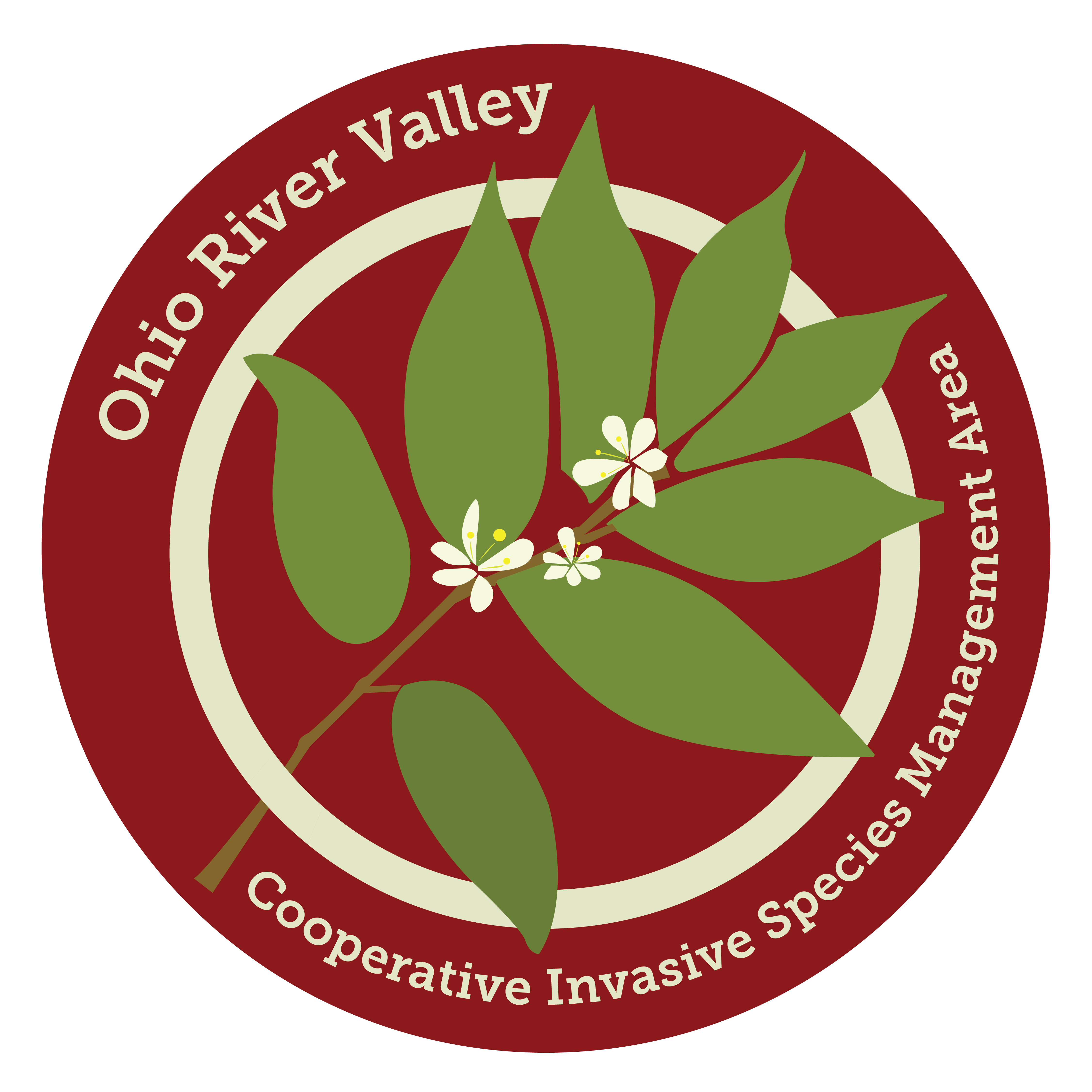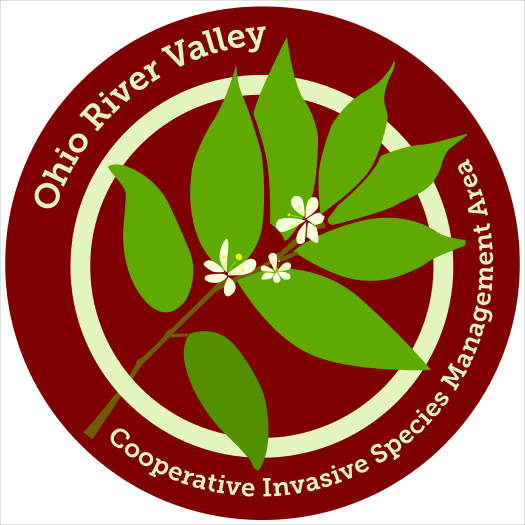Controlling Invasive Species on Your Property
Perhaps you’ve noticed little yellow flowers (that aren’t dandelions) popping up in your lawn, or
that there is one type of shrub in your yard that remains green for a lot more of the year than the others.
Without knowing it, you’ve probably been spotting invasive plant species right in your own
backyard. These non-native plants can cause serious harm not only to our environment, but also to our economy and health. Invasive plants compete with and often crowd out native ones, leading to decreased biodiversity, poorer habitats for wildlife and lower water quality, among other issues. According to the U.S. Forest Service, “invasive species have contributed to the decline of 42% of U.S. endangered and threatened species.”
Invasive plants are currently spreading faster than we can stop them – but you can help change
that! Because most land in our region is privately owned, individual property owners can make a major impact in eradicating invasive species.
Here are three common invasive plants in the Ohio River Valley and how to get rid of them if
they’re growing in your yard.
Lesser celandine: Recognizable by its bright yellow springtime flowers and dark green heart- shaped
leaves; low-growing and mat-forming. To remove:
1) Dig into the soil about 3 inches below the plant.
2) Gently sift the soil from the roots.
3) Be sure you’ve removed ALL tubers. If any remain, a new plant will sprout.
4) Place the invasive weed in a plastic garbage bag, tie it closed and place into a garbage can.
5) Plan to replant. That newly available space needs to be filled before a new (or returning)
invasive fills it.
Amur honeysuckle: A woody scrub that grows with multiple arching stems, ranging from 6-20 feet
tall. White-yellow flowers bloom along the stem during spring and form small red berries in the
fall. To remove:
1) For small plants, carefully pull the shrub from the ground, ensuring you get all of the roots.
(Otherwise, the plant can sprout again.) This is easiest following rain. It’s best to remove plants
when they have not seeded berries.
2) If plants are too large to pull, use a saw to cleanly cut the honeysuckle down at the base as
close to the ground as possible. Immediately paint the flat stump with herbicide containing 20%
active ingredient Glyphosate (common Roundup will do). Always read the instructions before handling
any herbicide. The best time to do this is during the winter or fall.
3) As long as there are no berries, feel free to leave the cut branches to rot, add to your fire
pit or start a stick pile habitat for local rabbits and insects to enjoy!
4) Plan to replant. That newly available space needs to be filled before a new (or returning)
invasive fills it.
Wintercreeper: A vine with dark green, glossy leaves that are oval shaped with light-colored veins.
It will climb over trees and fences and will grow into thick mats on the forest floor. To remove:
1) Carefully hand-pull plants; this will be easier after rain.
2) Be sure to remove all stems and roots from the area.
3) Place the invasive weed in a plastic garbage bag, tie it closed and place into a garbage can.
4) Be prepared for several seasons of hand-pulling to control invasive wintercreeper. Thoroughly
check your yard and garden each season to decrease its spread.
5) Plan to replant. That newly available space needs to be filled before a new (or returning)
invasive fills it.

